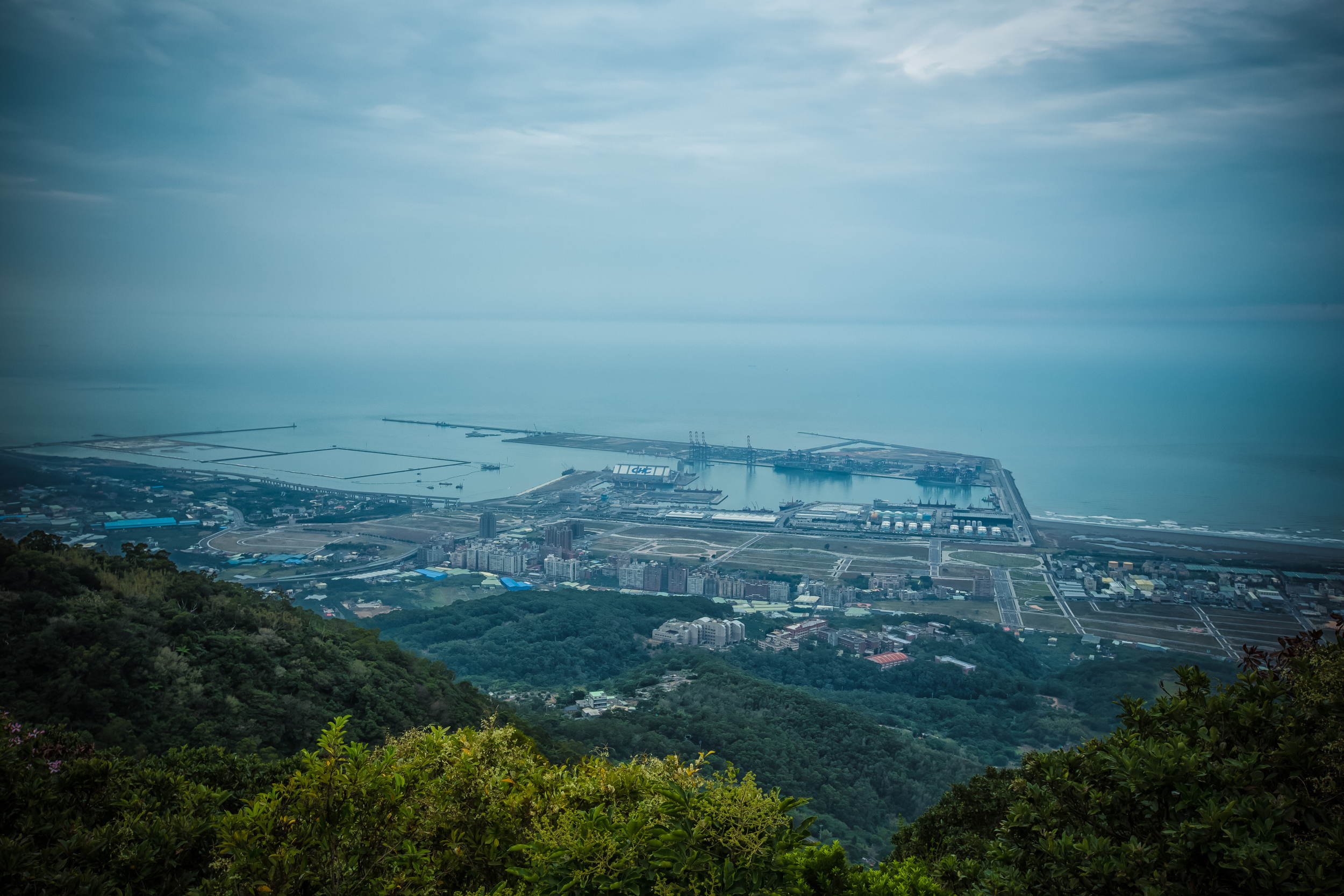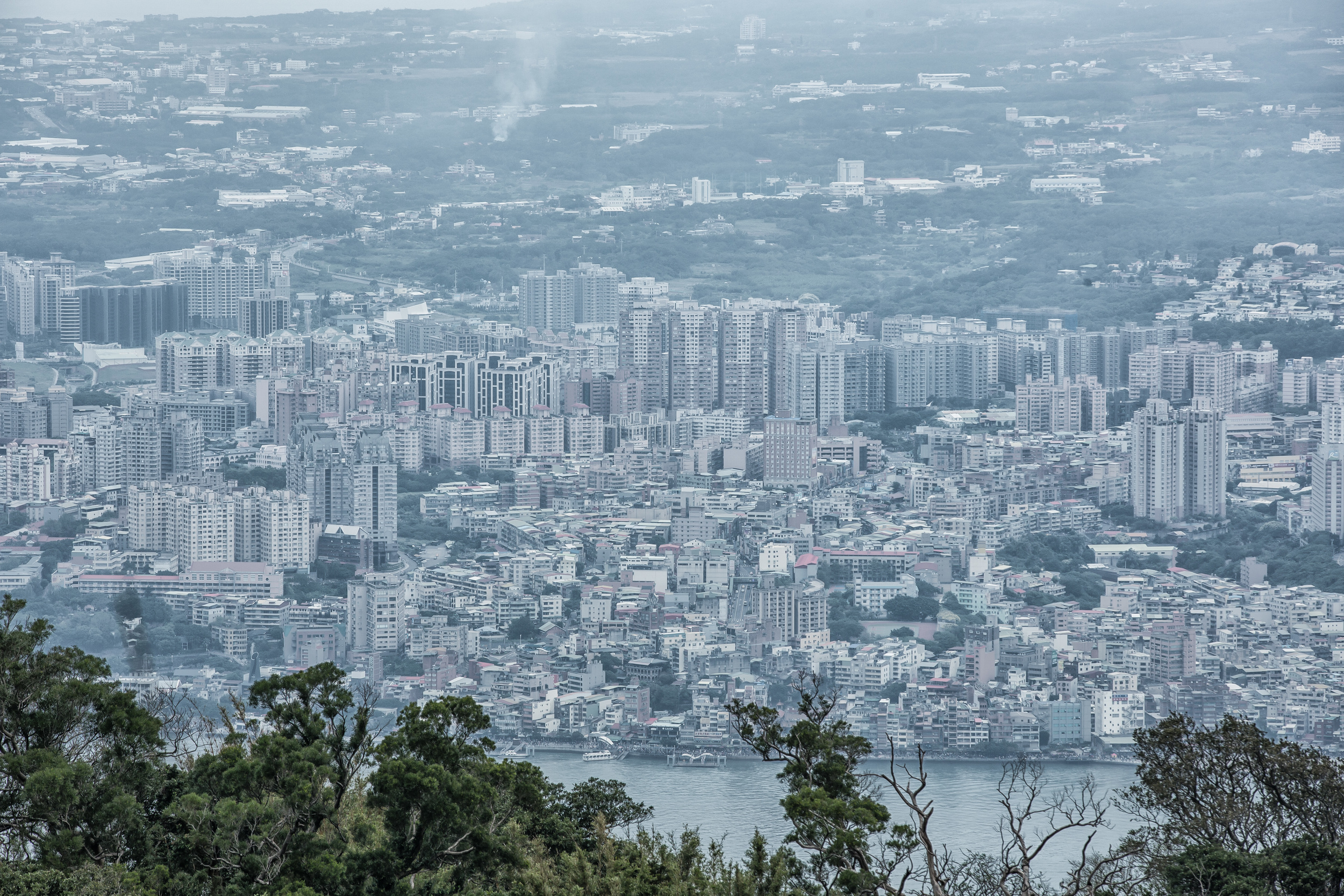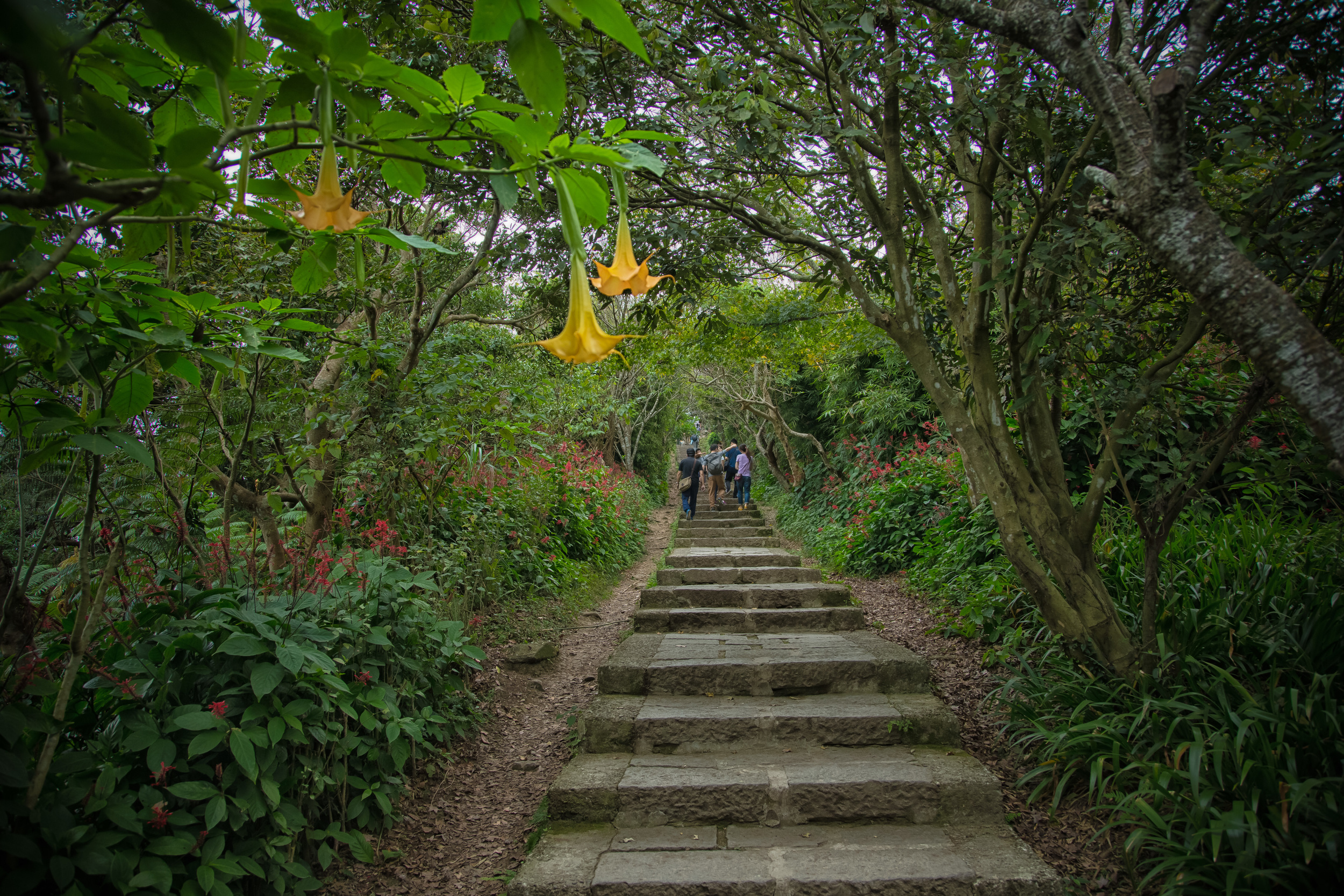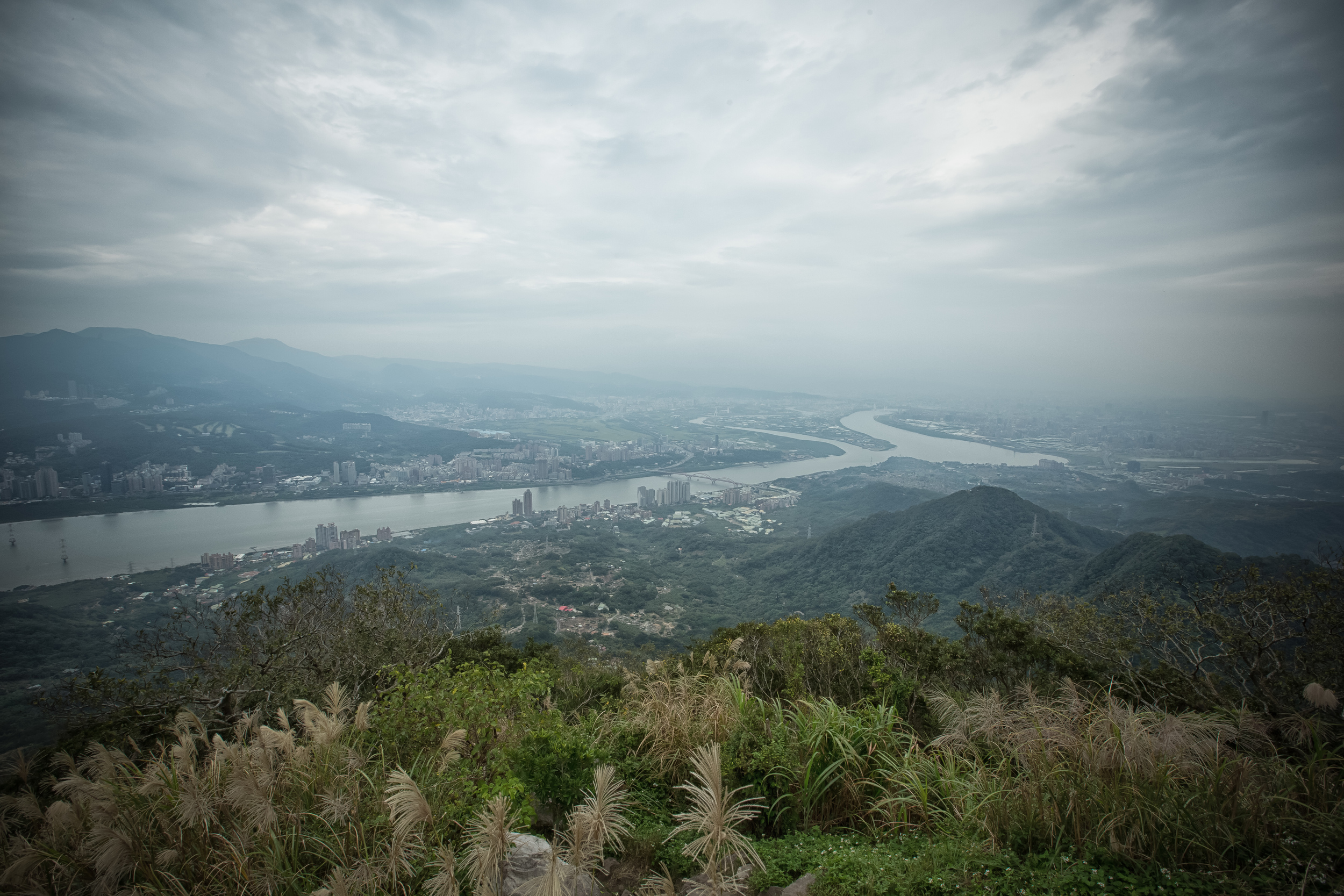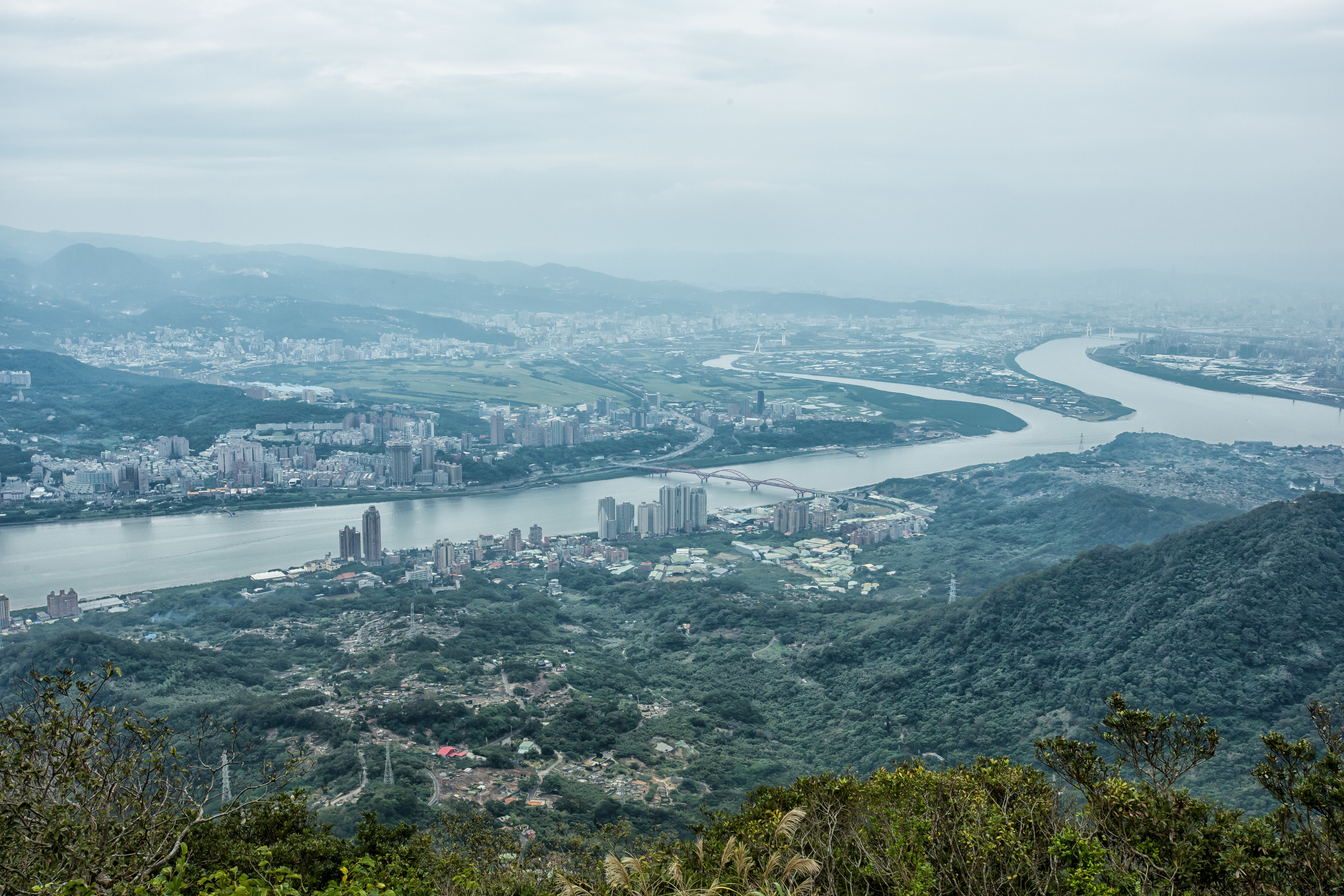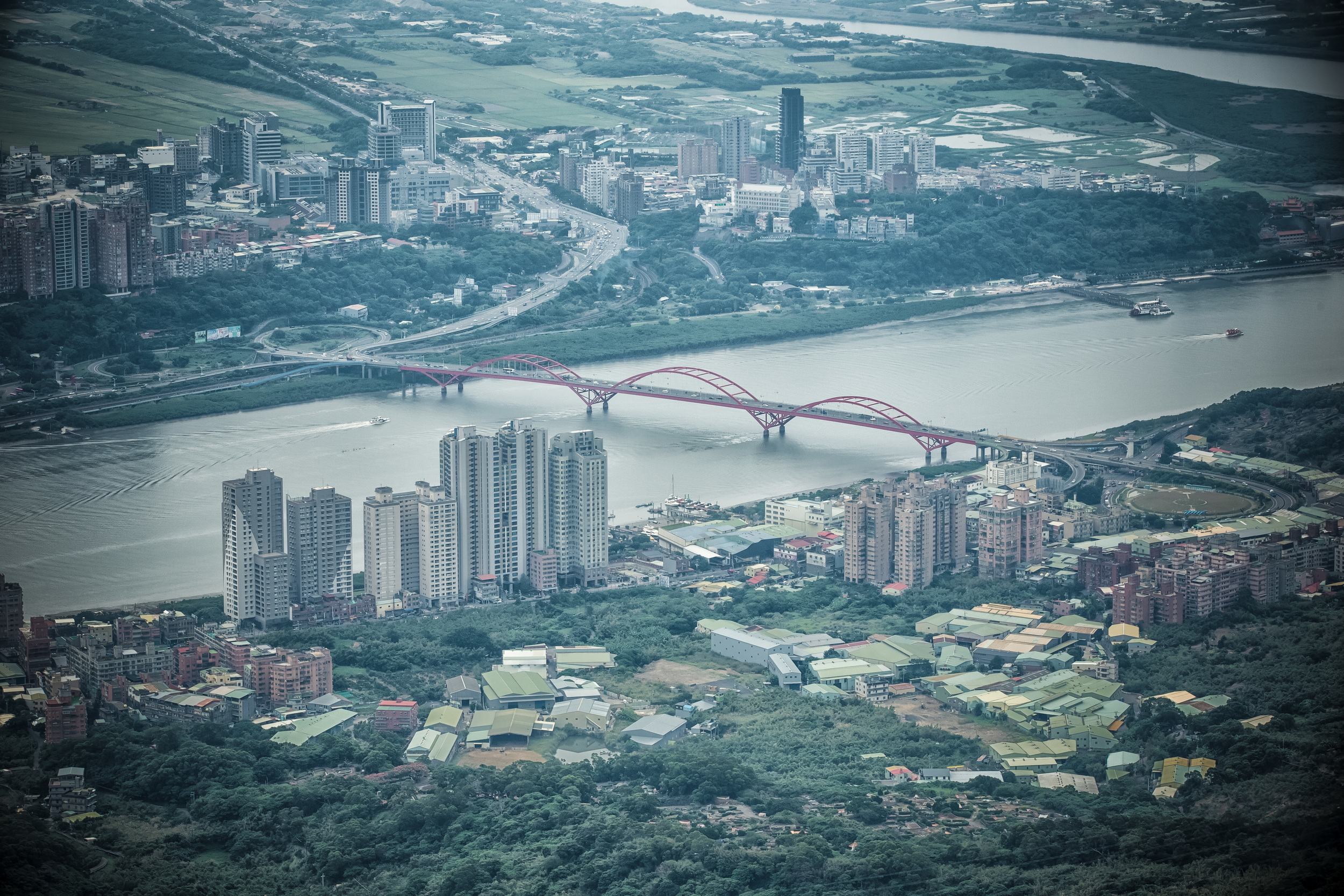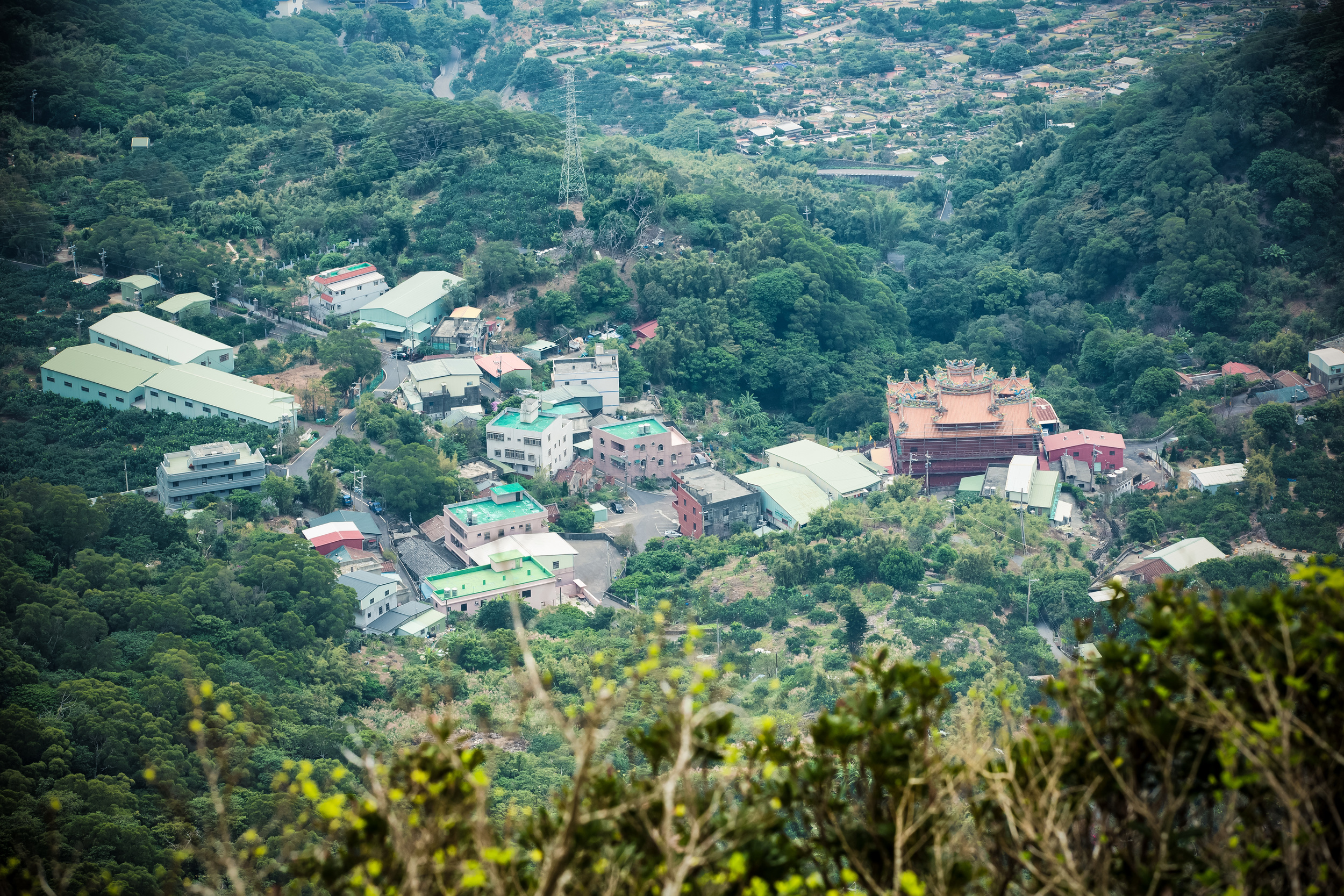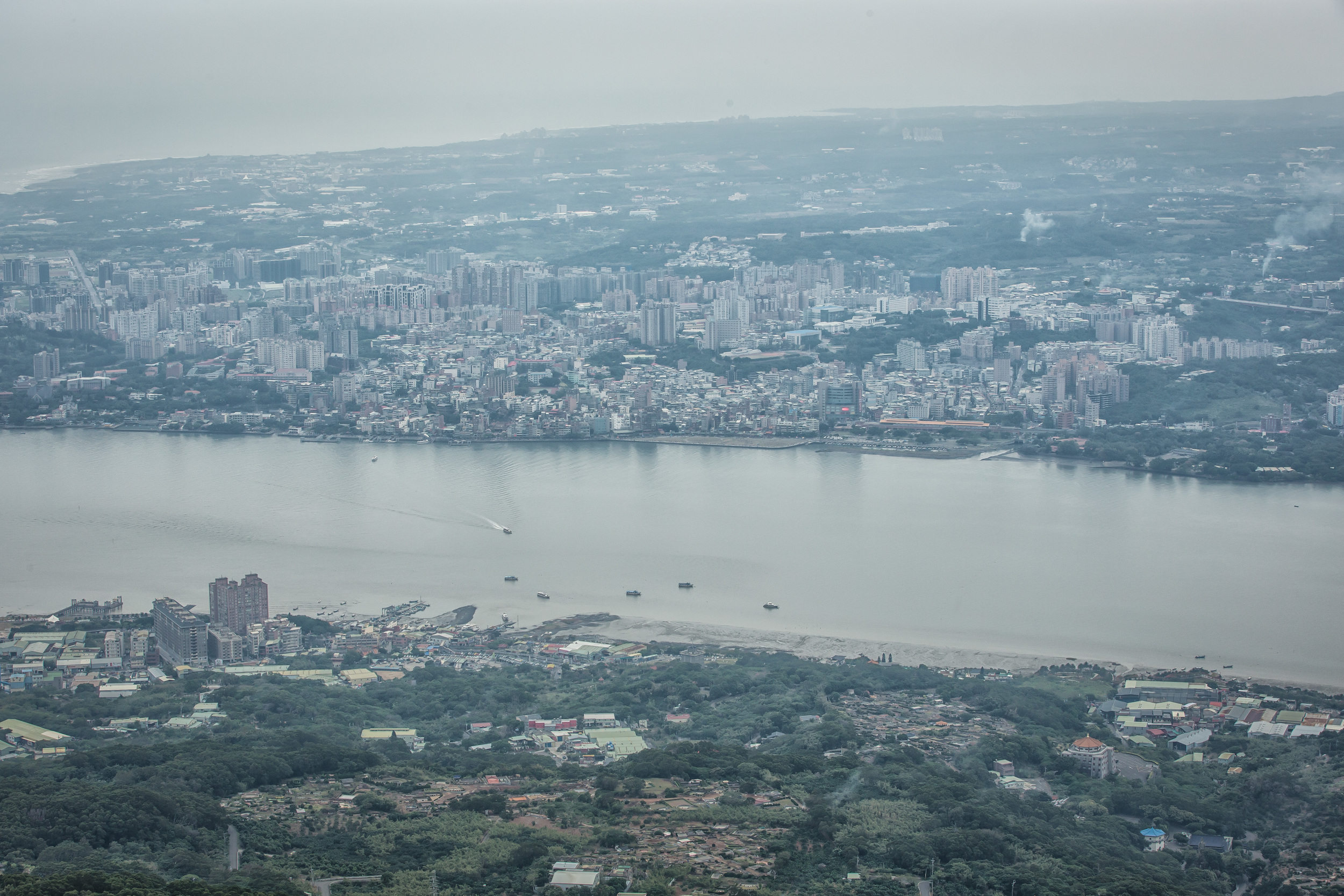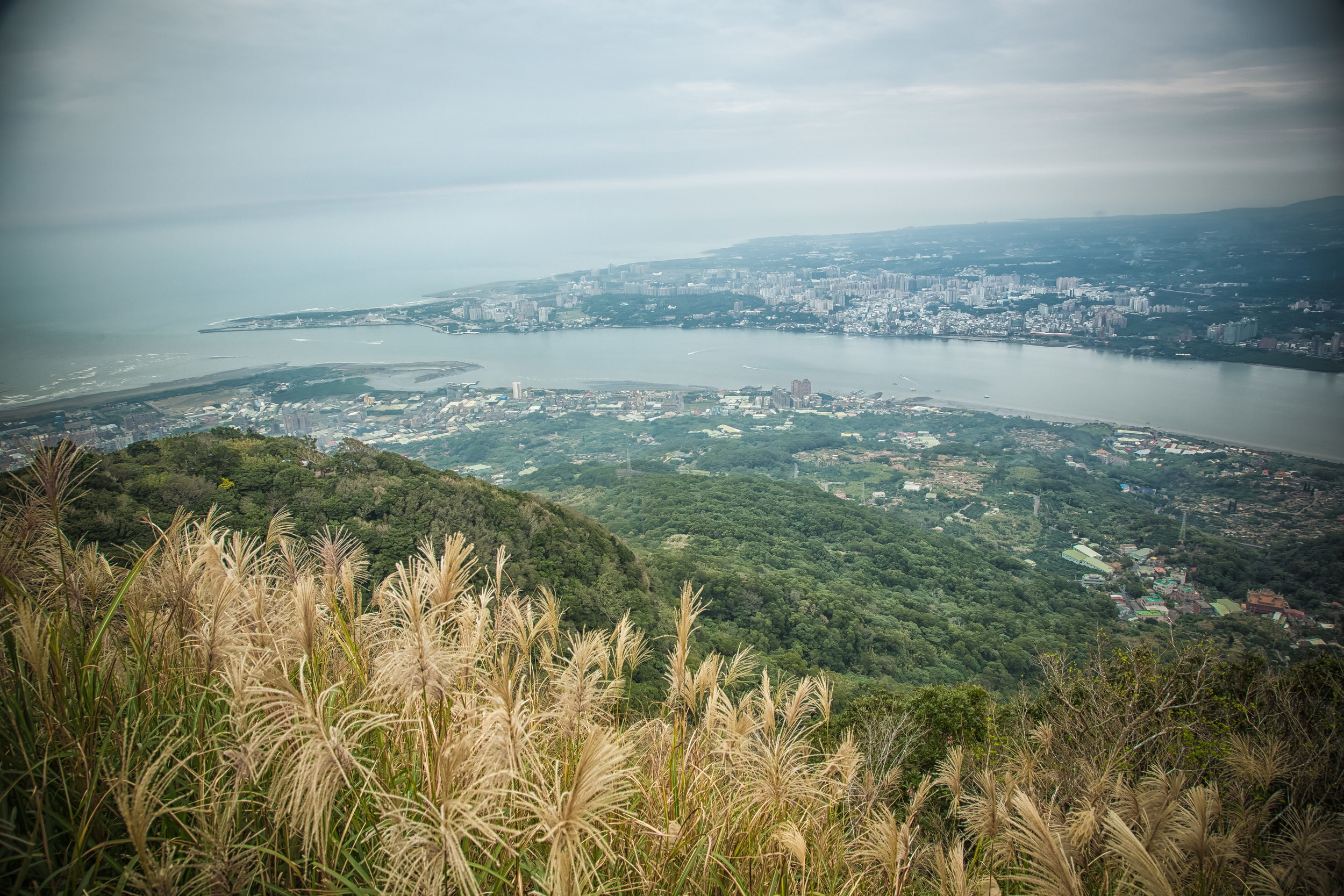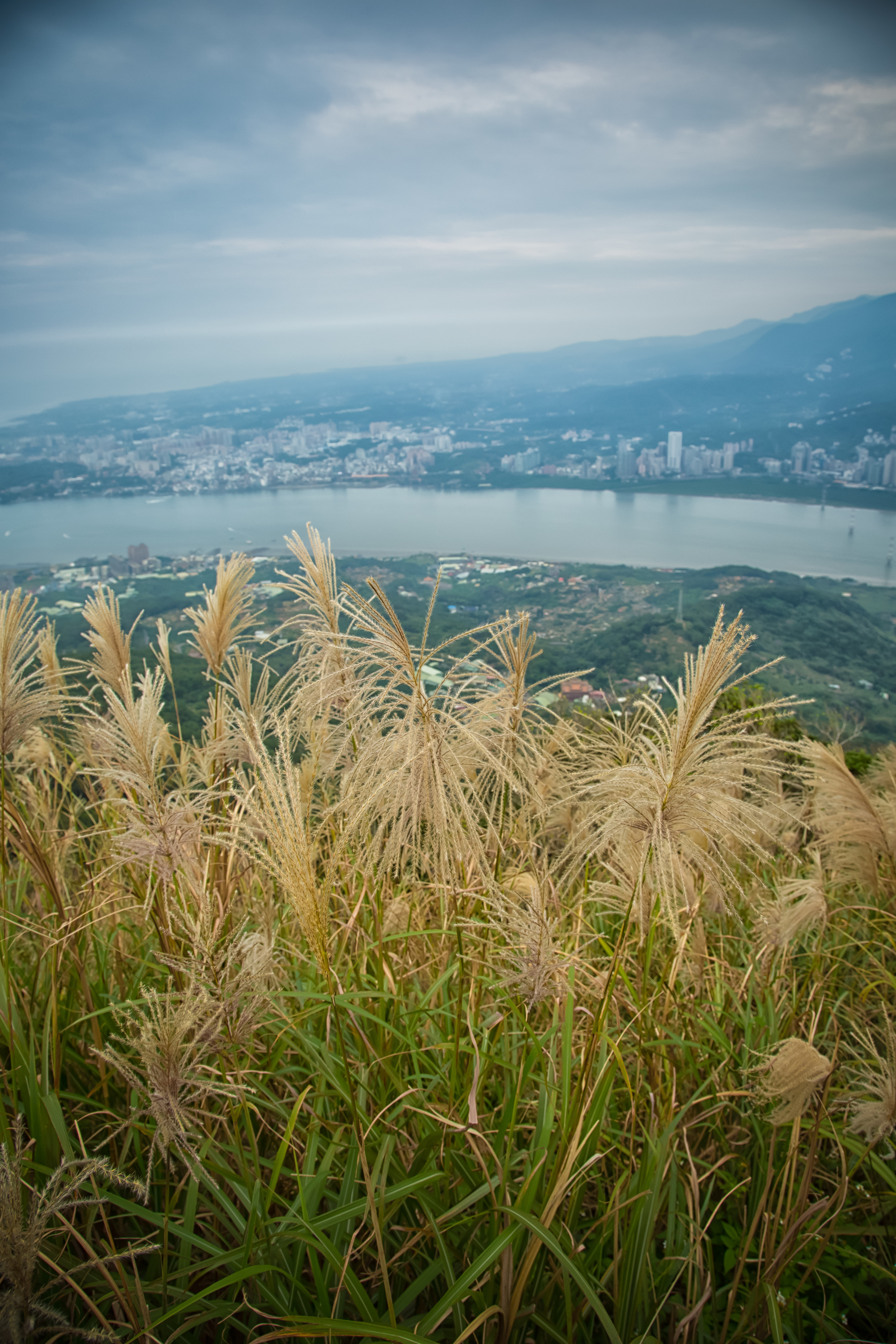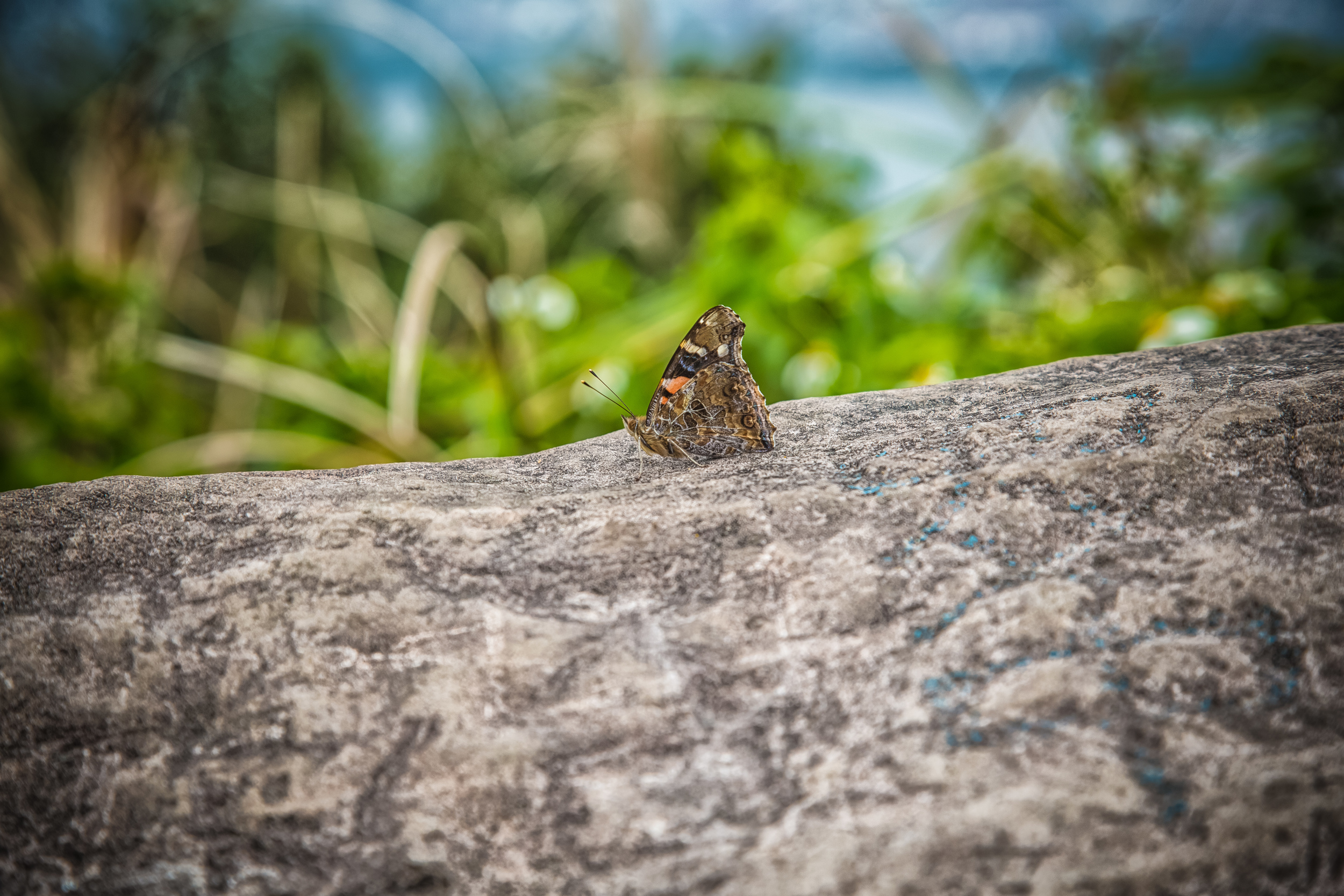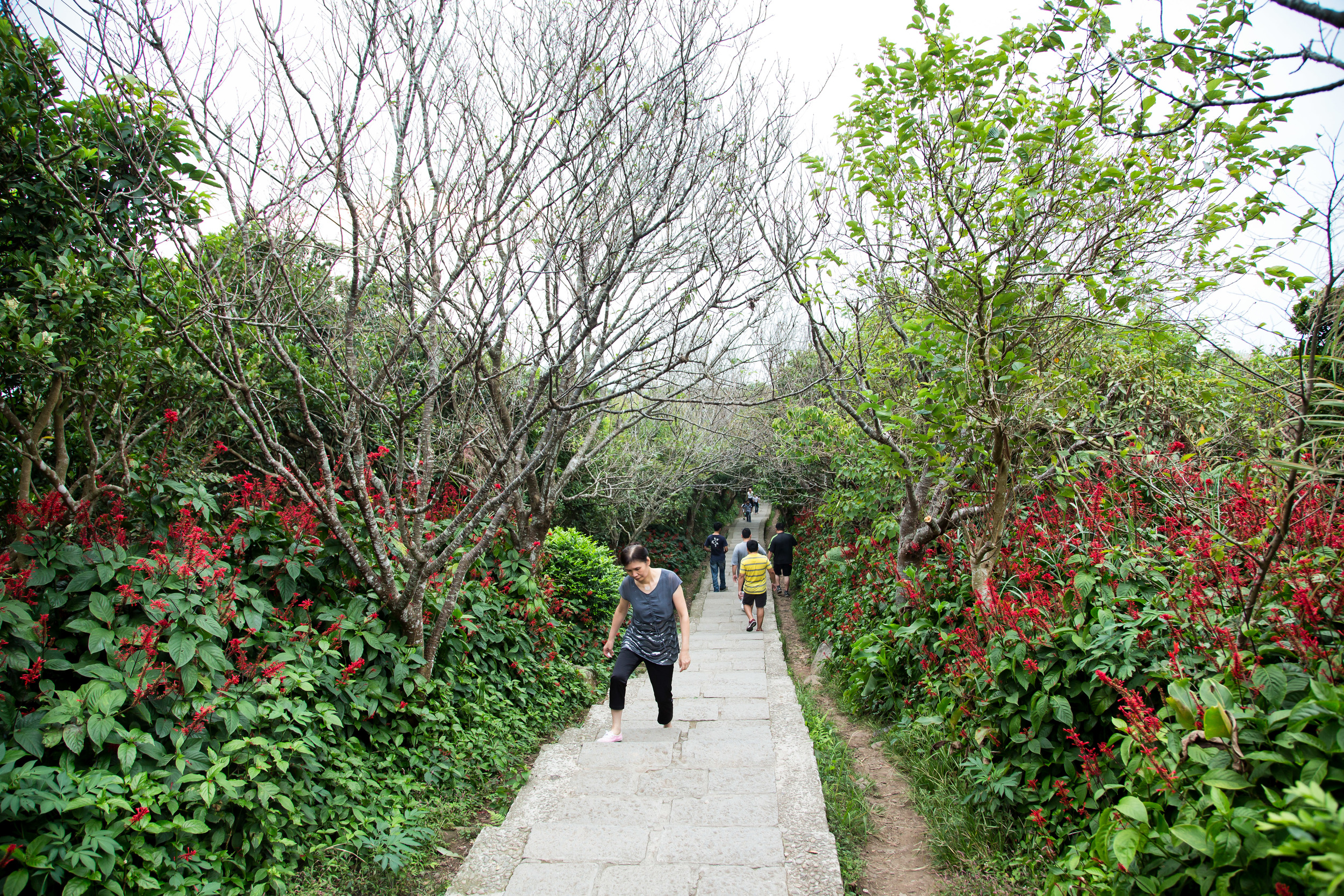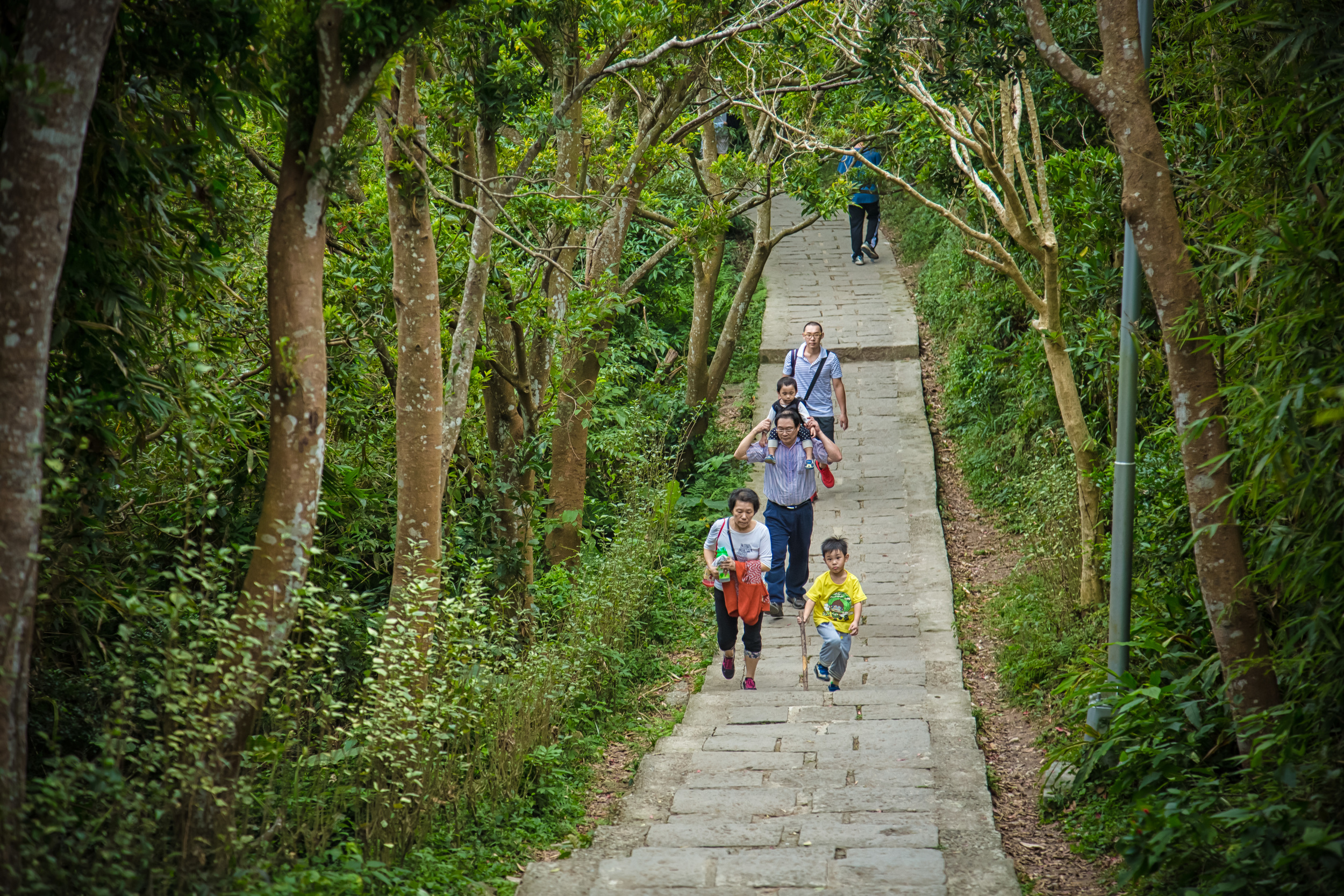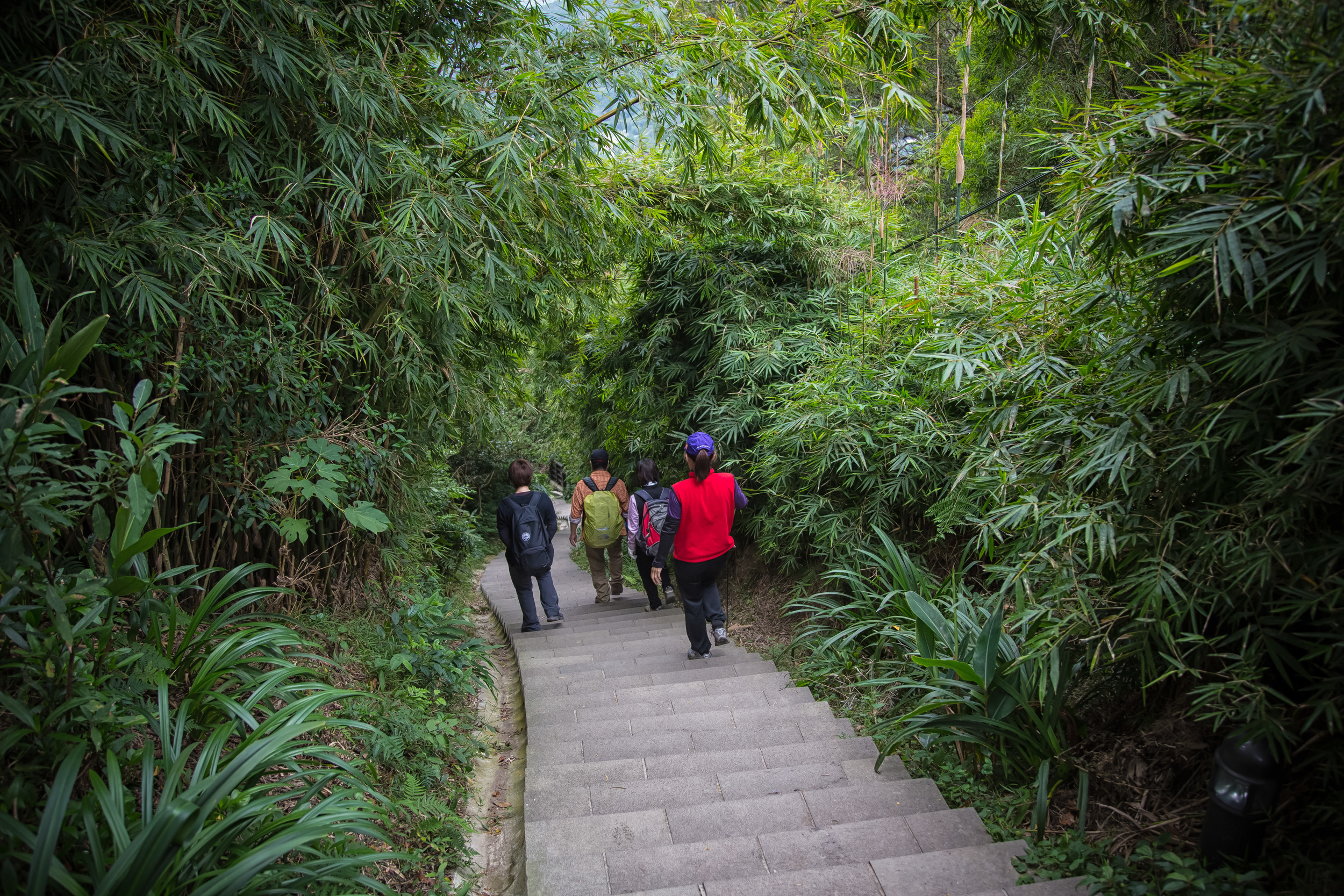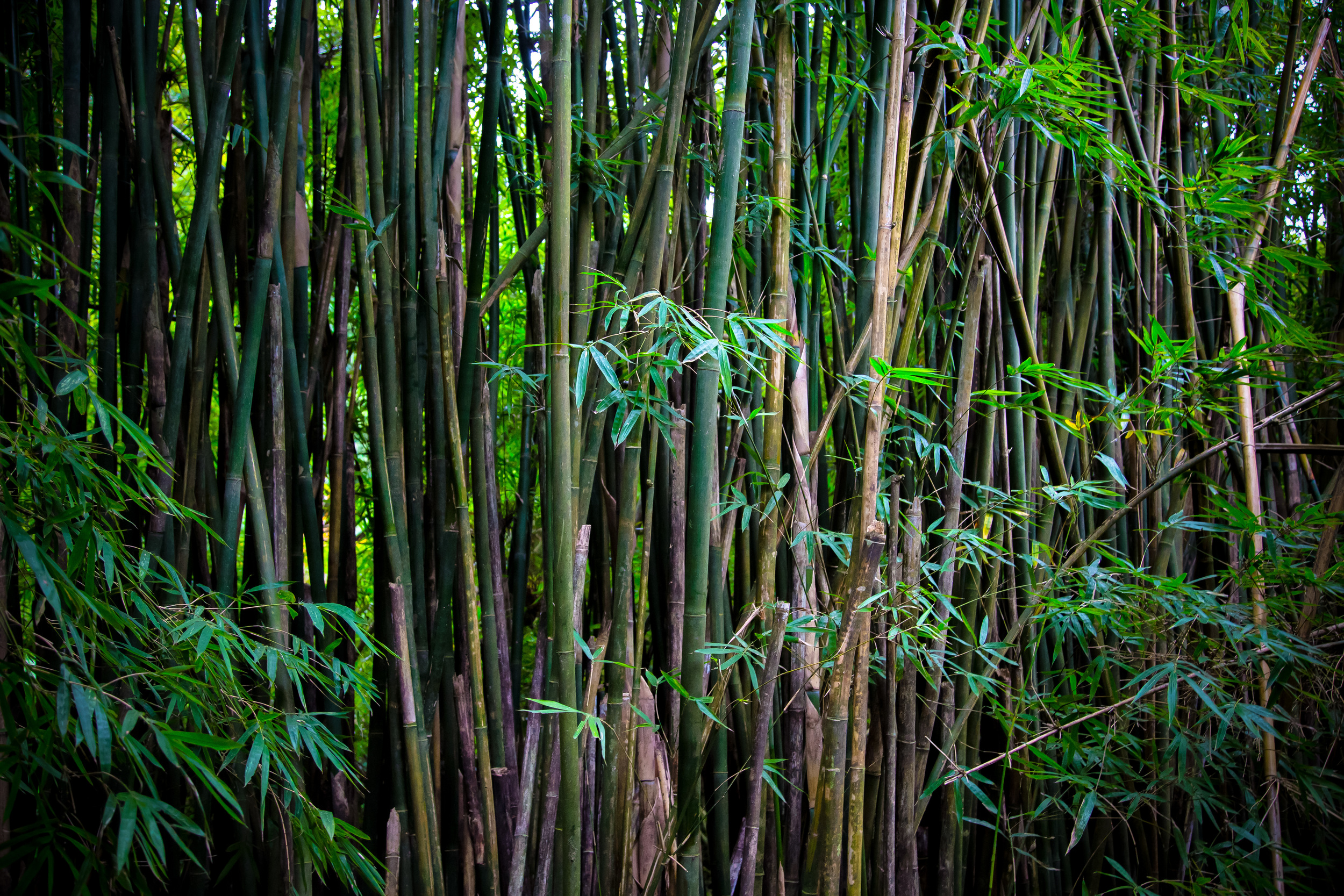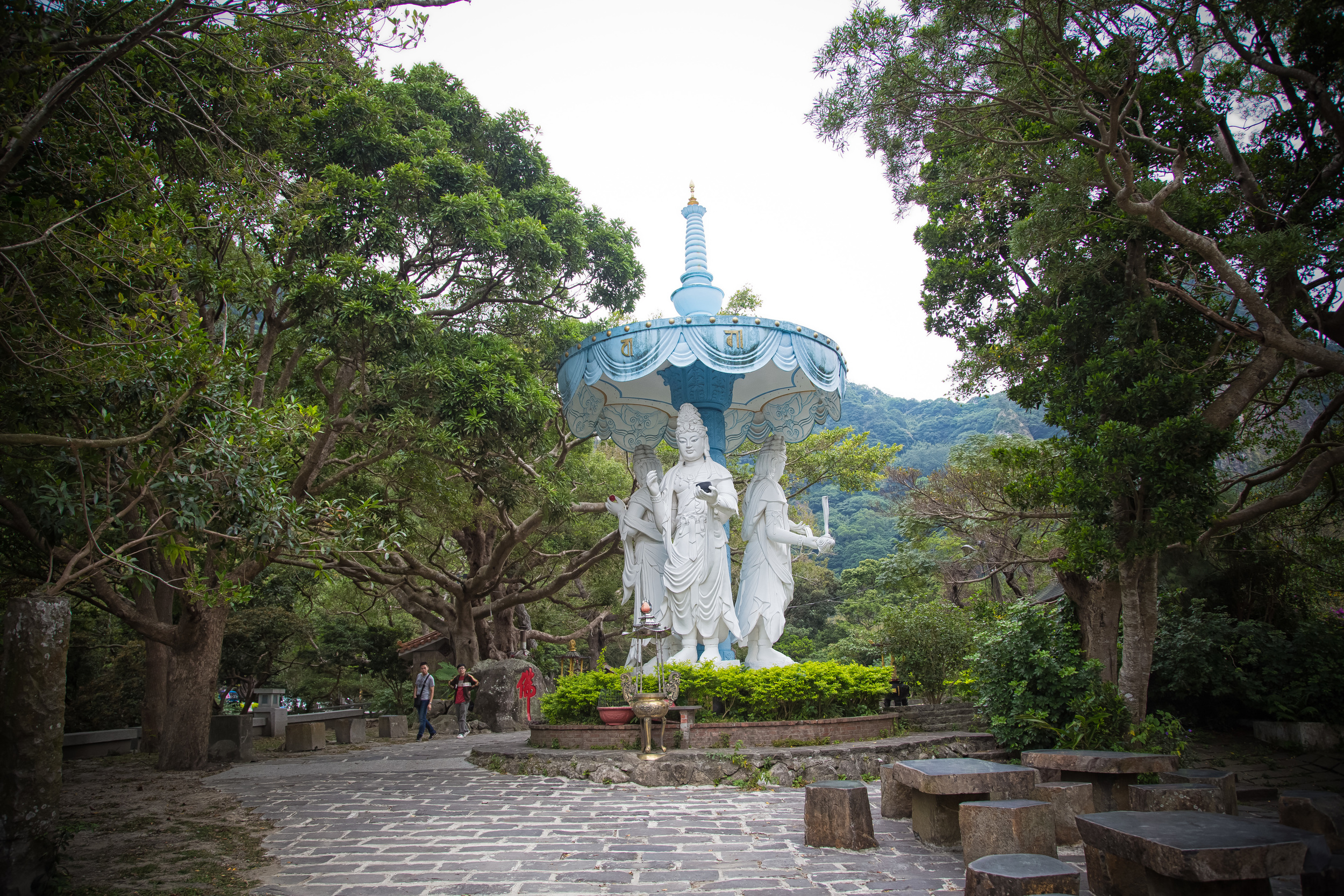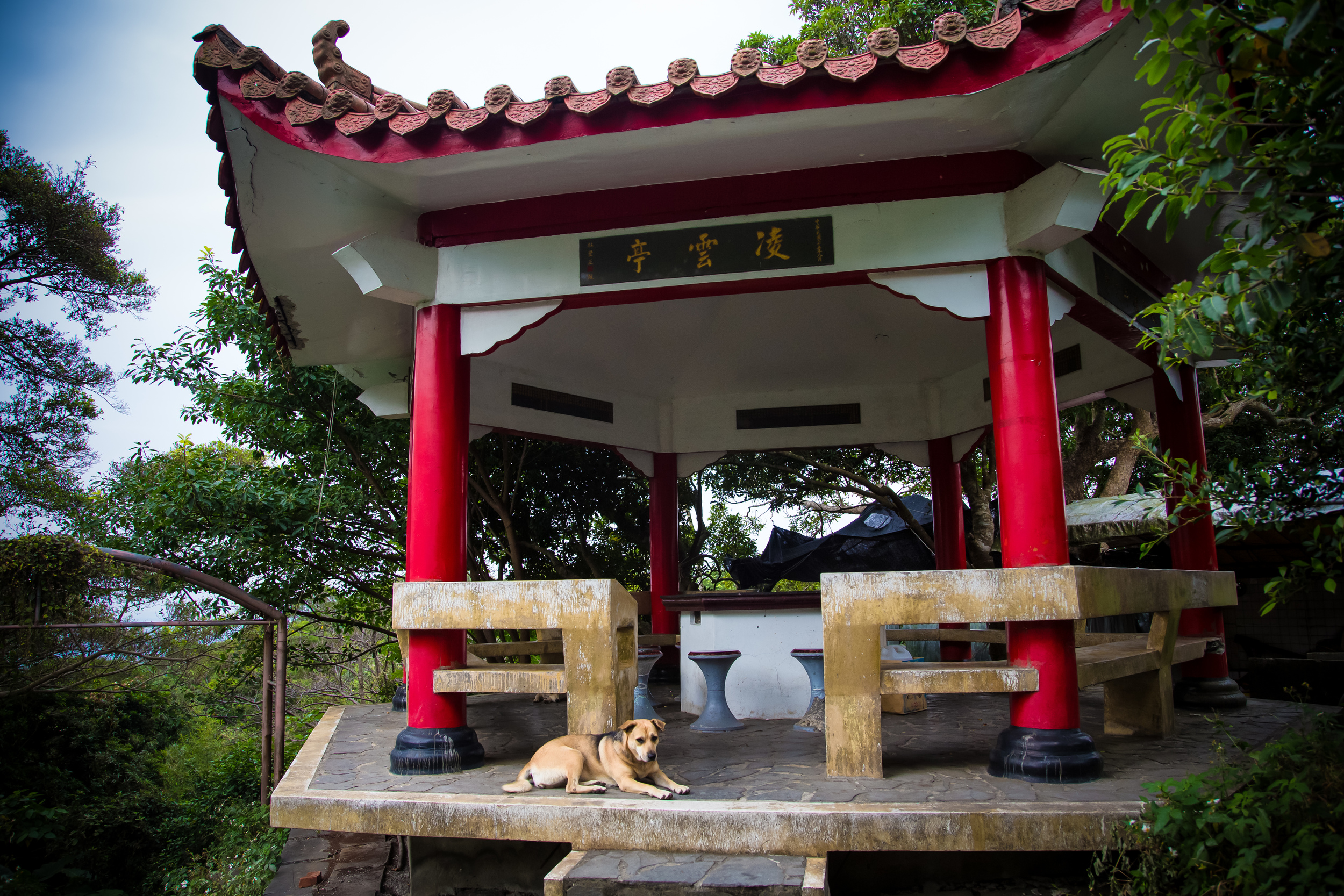The Neidong National Forest Recreation Park (內洞國家森林遊樂區) is somewhat of a hidden gem - overshadowed by its neighbour Wulai with its hot spring resorts, giant waterfall and "old street."
The forest park is about a ten minute drive past the village of Wulai further into the mountains and the reason why its stayed 'somewhat' of a hidden gem is because without your own method of transportation in and out of the park, its not easy to reach as there are no public transportation options available.
The forest park has a short and easy hike that would be ideal for those who aren't looking for an extreme challenge. The area is beautiful and you can easily enjoy an afternoon getting lost inside.
The hike takes about half an hour (at my pace) from start to finish and the main attraction is clearly the waterfalls and for me, walking along the beautiful emerald Nanshi river (南勢溪) that supplies hot spring water to the village below.
The Forest Recreation park is very popular with bug chasers and those interested in the ecological aspects of the local environment. Unfortunately during my visit I didn't come across any - I would have liked to have an expert point out some cool looking insects as I’ve heard that there are lots of butterflies, scarab beetles and wild monkeys living throughout the park.
As soon as you pass the gates to enter the park you almost automatically come up to the Wusha Creek Waterfall (烏紗溪瀑布) which is on the opposite side of the river - but there is an excellent view from an observation deck.
Its a nice waterfall, but as you had to pass the massive Wulai Waterfall to get to the park, its not that impressive in comparison. I noticed most people didn't spend a lot of time looking at it.
Further along the path you come across the Luohao Dam (羅好水壩) which seems somewhat out of place in such a natural surrounding, but I’m guessing its purpose is to keep the village below from being constantly flooded. The dam itself ruins a bit of the “Forest Park” atmosphere, but in the right light you can get its reflection off of the beautiful emerald coloured water which make its nuisance a little easier to handle.
After passing the dam you need to walk about five more minutes until you come up to the main attraction which is a three-tiered waterfall commonly known in English as the “Neidong” waterfall but actually named the Xinxian Waterfall (信賢瀑布). The path to the waterfall is well developed and there is a viewing platform at each tier of the waterfall.
Something strange that I noticed in the park was its accessibility for the disabled. You won't find many areas in Taiwan, especially ones in the mountains that are accessible for the disabled. They seemed to take great care to allow for those in wheelchairs to be able to have access to this park to enjoy the environment.
For logistical purposes however if you're in a wheelchair you can only go as far as the bottom tier of the waterfall, the other two tiers aren't accessible as you have to climb a hill. Nevertheless I saw quite a few people in wheelchairs enjoying the bottom tier of the waterfall and in my opinion, that's great.
The bottom tier and the top tier of the waterfall have wooden observatory platforms and they are extremely difficult to take long-exposure shots on as the platform constantly shakes.
I had my camera set up on a tripod attempting to take thirty-second exposures, but it was more or less impossible as there were a few families there with their children who were running around, stomping their feet and having a good time.
The second tier of the waterfall can only be viewed from a distance, but at least at this tier you are on the side of the mountain with stable ground. (No shaking)
The Xinxian Waterfall may not be as big as some of the other waterfalls around northern Taiwan, but its setting is what makes it special. The three tiers are beautiful and the volcanic hot spring water that flows from it is amazing.
The Neidong National Forest Recreation Park is well worth a visit and if you are visiting the Wulai area, I highly recommend taking a short drive past the resort area and taking the hour or so long hike to see the waterfalls and enjoy the more natural aspects to the area.
Its very easy to get to Neidong Forest Park. If you are driving a car, before entering the Wulai area make a right turn and cross the bridge. There is adequate signage in both English and Chinese that will follow a route behind the Wulai waterfall and further into the mountains. You reach a small village and turn left. From there cross another small bridge and make a right turn which will bring you to the main gate.










